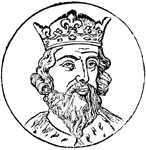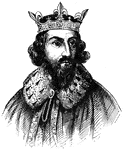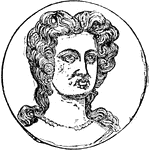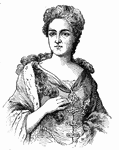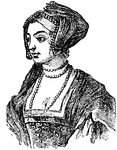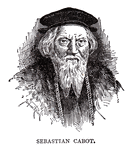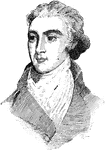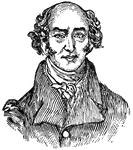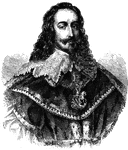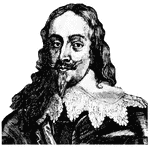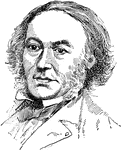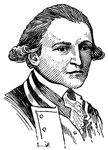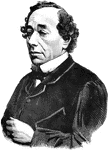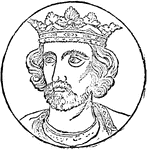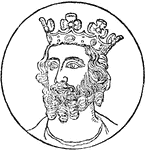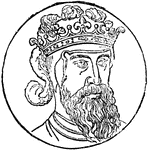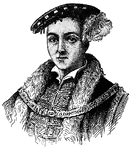The United Kingdom Famous Persons ClipArt gallery includes 213 illustrations of royalty, prime ministers, ecclesiastical and military authorities, and other persons of note.
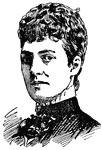
Queen Alexandra
(1844-1925) Consort of King Edward VII. She founded the Imperial Military Nursing Service and instituted…

Alfred the Great
An illustration of the legend of Alfred the Great letting the cakes burn because he was preoccupied…
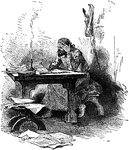
Alfred the Great
The king of the southern Anglo-Saxon kingdom of Wessex from 871 to 899. Alfred is famous for his defence…
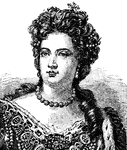
Queen Anne of Great Britain
Anne (6 February 1665 – 1 August 1714) became Queen of England, Scotland and Ireland on 8 March…
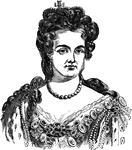
Queen Anne
Anne (6 February 1665 – 1 August 1714) became Queen of England, Scotland and Ireland on 8 March…
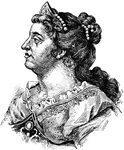
Queen Anne of England
The Queen of England, Scotland and Ireland. She was born on February 6, 1665 and died on August 1, 1714.
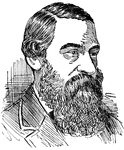
Sir Samuel White Baker
(1821-1893) British explorer who undertook the exploration of the Nile discovering its source.

Black Prince
"A contemporary portrait of the Black Prince when he was not armed, which consequently may be agreeably…
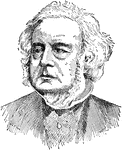
John Bright
A British statesman who helped form the Anti-Corn Law League. He also sat in the House of Commons from…
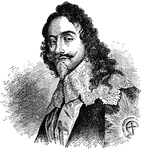
Charles I
"Charles I (1625-1649) was a far abler ruler than his father. He was a man of greater courage and more…
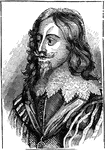
Charles I of England
Charles I, (19 November 1600 – 30 January 1649) was King of England, Scotland and Ireland from…

Charles II
Charles II (Charles Stuart; 29 May 1630 - 6 February 1685) was the King of England, Scotland, and Ireland.

Charles II of England
Charles II (Charles Stuart; 29 May 1630 – 6 February 1685) was the King of England, Scotland,…
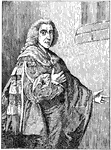
William Pitt, Earl of Chatham
The 1st Earl of Chatham who led Britain during the Seven Years' War. He was the Prime Minister between…
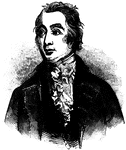
Francis Rawdon Chesney
(1789-1872) Soldier who explored the Euphrates and surveyed the isthmus of the Suez Canal.
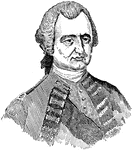
Robert Clive
Lord Clive was a British officer who established the military and political supremacy of the East India…
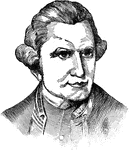
Captain James Cook
A British explorer who made detailed maps of Newfoundland before he achieved the first European contact…

Daughter of Edward III
"The effigies of the two royal sisters speak for themselves as expressive and authoritative typical…
Daughter of Edward III
"The effigies of the two royal sisters speak for themselves as expressive and authoritative typical…
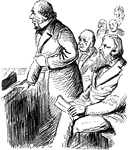
Benjamin Disraeli
Benjamin Disraeli, 1st Earl of Beaconsfield, (21 December 1804 – 19 April 1881), was a British Conservative…
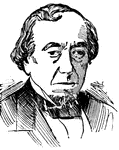
Benjamin Disraeli
(1804-1881) British Statesman and Prime Minister who wrote the novels Vivian Grey Coningsby and Sybil
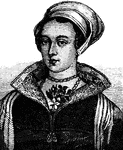
Lady Jane Dudley
Lady Jane Grey (1536~1537 – 12 February 1554), also referred to as Queen Jane, a great-niece of Henry…

Duke of Clarence
"Lionel, Duke of Clarence, who also wears his mantle; and a younder brother not now to be identified…
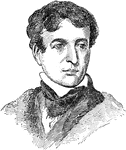
Earl of Durham
A title of Peerage of the United Kingdom, created for the prominent Whig politician John Lambton. He…

King Edgar
Edgar I (c. 943 – 975), known as Edgar the Peaceful or the Peaceable, was King of England from 959…
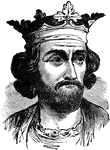
Edward I (Longshanks)
Edward I (17 June 1239 – 7 July 1307), popularly known as Longshanks, achieved historical fame…
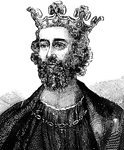
Edward II
Edward II, (April 25, 1284 – September 21, 1327?) of Caernarfon, was King of England from 1307…
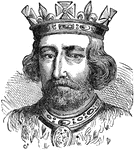
Edward II of England
Edward II, (April 25, 1284 – September 21, 1327) of Caernarfon, was King of England from 1307…
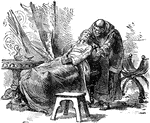
Edward III
Edward III was one of the most successful English kings of medieval times. His fifty-year reign began…
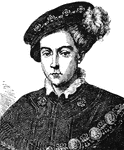
Edward VI of England
Edward VI (12 October 1537 – 6 July 1553) became King of England and Ireland on 28 January 1547…
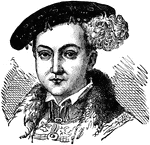
Edward VI of England and Ireland
Edward VI (12 October 1537 - 6 July 1553) became King of England and Ireland on 28 January 1547 and…
